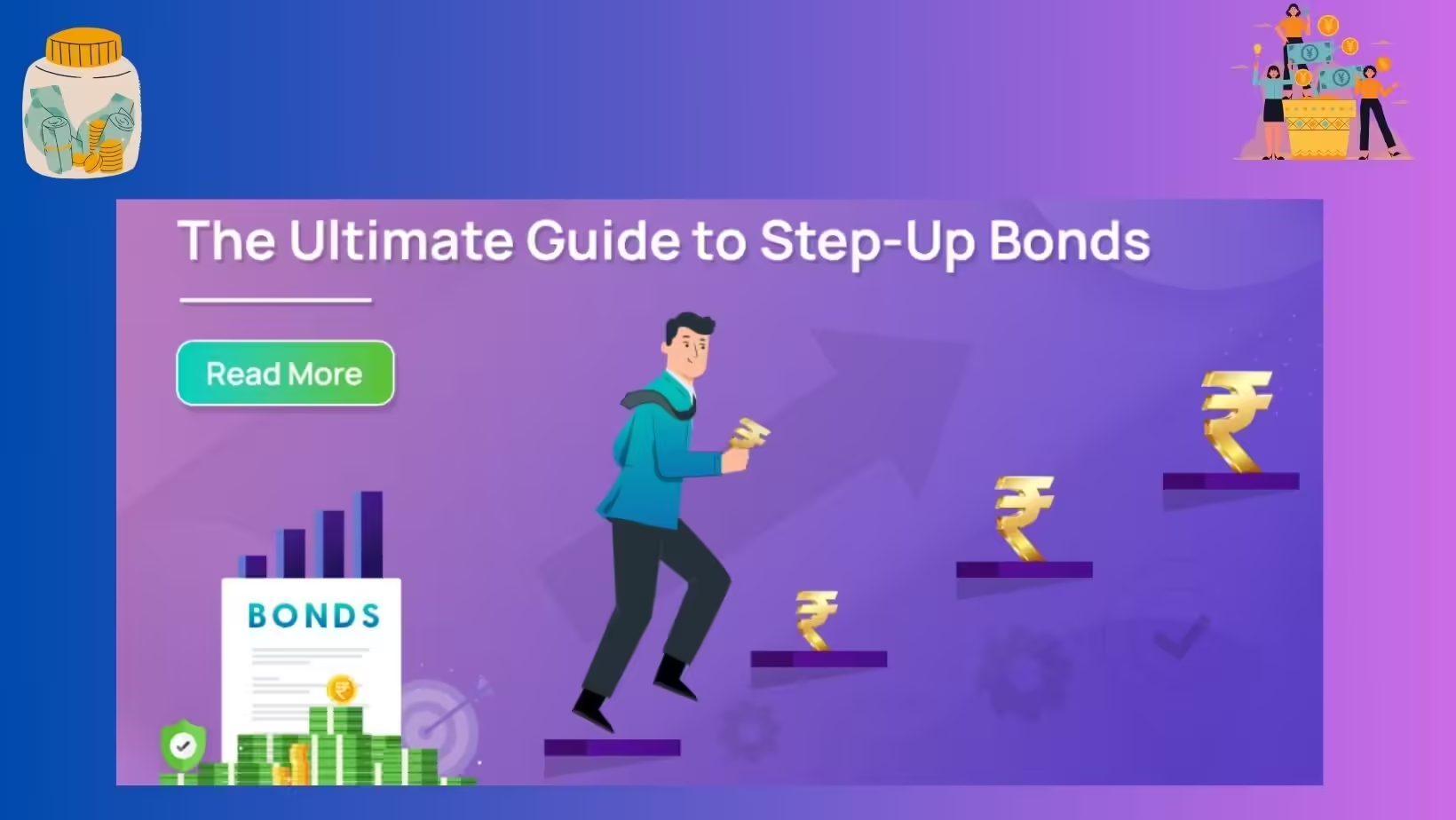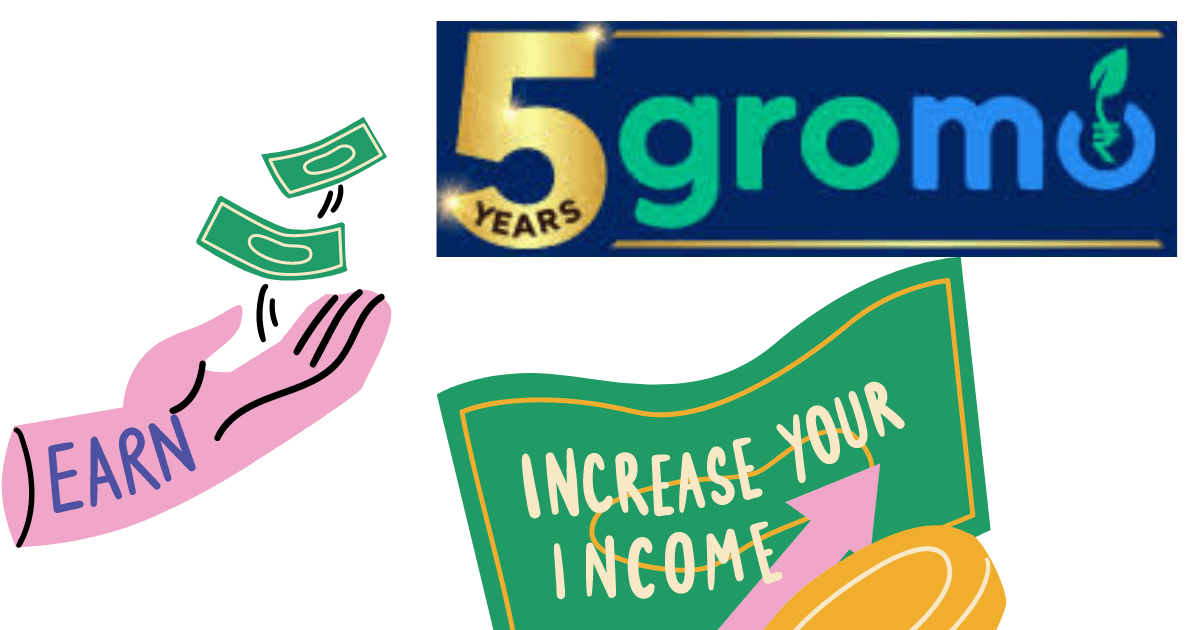Introduction
It’s the beginning of the year You decide to lose weight and get fit. the weight gained from Christmas. Beginning on January 1 you begin going for a workout with a determination. You start with 5kg of biceps curls and you feel a little uncomfortable following the exercise. In the following week, you keep to your goal and go back to the exercise room. It’s surprising that the weight of 5kg appears lighter which is why you raise the weight to 7.5kg. With consistent effort, a good nutrition, and adequate time off, you will see a noticeable improvement in strength within two to three weeks making a 10kg biceps biceps curl seem effortless.
If you are a fitness enthusiast increasing their strength slowly is among the main objectives. Imagine the possibility of having a financial instrument that generates a higher amount of income and protects your capital.
You are now in the world of bond step-ups! The Ultimate Guide to Step-Up Bonds
The Ultimate Guide to Step-Up Bonds is an innovative fixed-income instrument that provides an exciting twist on conventional fixed-income bonds. In this thorough guide to step-up bond, we’ll examine the factors that make the bond distinct and how they function, and the reasons why they could be an excellent option to add to your portfolio.
The Ultimate Guide to Step-Up Bonds: How do I get a Step-Up Bond?
For those who aren’t familiar bond are essentially fixed-income instruments, which are basically loans. When one buys bonds from a company or government institution it is essentially lending an amount that is known as the principal the entity for a specified time period of years. In return, the company agrees to pay interest which are referred to as ‘coupon payments’ on the borrowed amount until the date of maturity when it returns the loan principal to its lender.
This is a classic instance of a fixed-rate bond, where the coupon is fixed. Contrary to conventional fixed-rate bonds which have a consistent interest rate throughout the duration of the bond, step-up bonds offer investors the chance of higher yields. In this kind of bond the interest rate, or coupon “steps up” or increases according to time-stamps. Thus, the income from coupon in a step-up bonds increases from one year from one to another, which results in an rise in the interest income of holders of bonds over time.
What are the steps to take in order to get step-up bonds?
Knowing about step-up bonds can be vital for investors wishing to incorporate the bonds in their investment portfolios. They initially have lower rates in the beginning period, and then gradually rise to higher coupon rates over time intervals. The initial rate of interest that is set at the time of bond issuance serves as a guideline to help investors evaluate the bonds’ appeal.
Because the interest rates offered are very low, and with further rises expected in the coming period, in the event of an upcoming reduction in interest rates in the economy the investment in these bonds can be beneficial. In addition, they can also prove beneficial when it comes to inflation.
The bond issuers typically are in the growth or in the startup phase of their company. Therefore, they expect their cash flow to grow in the future, but preferring to control lower flows at first. Additionally, investors are eager to earn more in the future, which makes it a mutually beneficial scenario. Most often, bonds are accompanied by the option of calling them, which gives holders protection against increasing rates of interest.
Let’s explore this idea further using an example:
Let’s say a company issues an upgrade bond for five years with an amount of Rs10,000 as the face value as well as an initial yield of 6percent. The interest rate is expected to increase by 1% each year for the next four years.
The interest payment schedule for bonds could be as follows:
Year 1: 6% interest rate, Rs600 interest payment (Rs10,000 * 0.06)
Year 2: 7% interest rate, Rs700 interest payment (Rs10,000 * 0.07)
Year 3: 8% interest rate, Rs800 interest payment (Rs10,000 * 0.08)
Year 4: 9% interest rate, Rs900 interest payment (Rs10,000 * 0.09)
Year 5: 9percent interest rate (since it’s not increasing any more) (Rs900 interest payment) (Rs10,000 * 0.09)
This arrangement still encourages investors to keep the bond because the interest rates increase with time, which could lead to better returns than conventional fixed-rate bonds.
The advantages of bond step-ups
- Possibility of higher yields: One of the biggest benefits of step-up bonds is the possibility of earning consistently more coupons over time.
- Lower risk of interest rate A well-known fact of the relationship between yields and bond prices is that as interest rates rise bonds prices tend to decline. This can be a big concern for bondholders who already hold bonds as interest rates increase. However, because these bonds have higher coupons in the course of time, they offer security against rising interest rates.
The drawbacks of the step-up bonds
- Bonds with callability generally have a call option and carry an inherent risk of calling. Issuers might choose to utilize this feature in order to avoid more costly coupon payments in the near future. Therefore, step-up bonds more risky when contrasted with traditional fixed-rate bonds.
- Rates of fluctuation in the market: Despite the higher rate of interest it is possible that step-up bonds won’t remain in up with rising interest rates. Therefore, bondholders may not earn more earnings from this scenario.
- Sometimes, bonds are issued with step up coupons to cover negative developments that affect the issuer. There are steps linked to the downgrade of credit ratings or covenant violations in the memorandum of information on bonds. While they can help investors make more money, they can be indicators of deterioration in credit at the level of the issuer.
Conclusion
In the realm of fixed income securities that offer predictable and steady returns, step-up bonds add an element of flexibility. Investors stand to gain from greater yields over time which makes these bonds a fascinating alternative. Like all investments it is essential to examine your level of risk, your investment goals and the market’s conditions prior to stepping into the step-up bond market.
Their unique structure may bring variety and strength for your portfolio however it is vital to conduct thorough research. To summarise the essential information you must be aware of about step-up bonds is that they give investors the chance to stay ahead of the changing market conditions, while also increasing yields. If you are aware of the underlying principles and carefully assessing how you invest, you will be able to decide for yourself if step-up bonds are a suitable choice to your investment portfolio.
It’s the perfect time to up your bond investment by utilizing IndiaBonds.
FAQs
Q: What is the meaning of the term “step-up bond?
A: Step-up bond definition is a bond security with an inherent feature that permits the coupon rate to increase in predetermined intervals’
Q: Are step-up bonds appropriate for investors who are conservative?
A: Although step-up bonds provide the possibility of higher returns, they could not be the best choice for prudent investors. Variable interest rates as well as the callability element introduce the risk of uncertainty, and those seeking a consistent and predictable income may prefer fixed-rate bonds with a fixed rate.
Q What are step-down bonds?
The step-down bond perform an identical function to step-up bonds, but in reverse. In this scenario the coupon is higher during the initial period and then lower interest rate in the next period. Investors looking for immediate high yield may consider this option attractive particularly when compared with traditional fixed-rate bonds in a low interest rate environment.
Disclaimer Note: Investments in municipal debt securities and securitized debt instruments can be subject to risk, including delays or non-payment of the payment. Check all offer documents thoroughly.




















